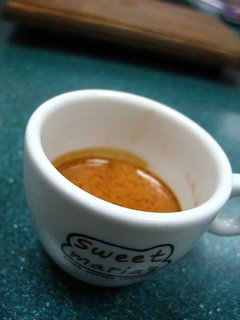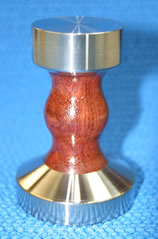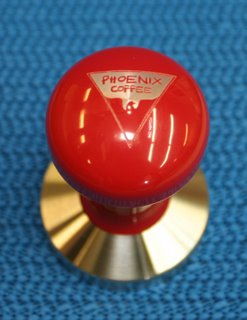Slippery java and New Guinea vanilla highlights
Today I went through and tasted and brewed 13 of our coffees. It was an adventure. I have never tasted that many coffees in one day, and it was probably too much. Thank goodness for the lunch break. Then I spent the afternoon trying to normalize my heart rate. Whatabuzz.
Joanna, Leah, Dawn, Will, Brenden, Carl and I had a great time coming up with new ways to describe coffees that we experience on a daily basis. It was such a treat to focus on the precise sensations that make up each brew; there are myriad components to each one.
Some highlights..
- Costa Rican has a penetrating, sweet acidity that lingers on the end of your tongue.
- We found a pleasantly starchy aroma in the Mexican.
- The Monsoon Malabar has an interesting and very distinct ferny, almost wheatgrass aroma.
- I got a distinct blueberry taste and aroma in the Yirgacheffe.
- And Java is almost slippery in its texture. How does that coffee do that?
- I smiled when I sipped the Sulawesi. Nothin' more to say about that other than I just love it.
- Guatemalan is as rich as their traditional, colorful weavings, from body to acidity and aroma, that coffee has it all. No wonder Carl loves it.
- Papua New Guinea has a subtle vanilla aroma and is reminiscent of good Hawaiian coffees.
- Colombian smells better than any other coffee. It just smells exactly how you want coffee to smell. And it has a concise flavor profile. So it's good for gulping.
- Kenyan is a pinky-lifting coffee. Elegant.
Here's the complete list of what we tasted today...
Brazilian Cerrada
Celebes (Sulawesi)
Colombian Supremo
Costa Rican SHB
Ethiopian Yirgacheffe
Guatemalan SHB
Hawaiian Kauai
Hawaiian Kona
Java Blawan
Kenyan AA
Mexican
Monsoon Malabar
Papua New Guinea








